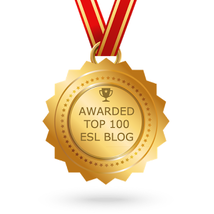|
This article was first published on 6/8/2018 and updated on 8/21/2021. When I first saw the graphics below that showed the diversity represented in children's books, I was stunned and appalled. You can learn more about the article here. The statistics were alarming. They reported that the majority of main characters depicted in children's books are either White or Animals/Objects. Seeing these graphics and reading about the study led me to take an audit of my own books and resources. I started by sorting out my books. I made stacks. And honestly, I was shocked and saddened that my bookshelf truly was not as diverse as I imagined. It certainly did not parallel the demographics on my campus either. This prompted action. Students benefit from seeing themselves and others in the books they read. Why? For one, because seeing ourselves outside of ourselves makes us feel visible. In this video, Rene Watson, an author and educator, shares how important it is for students to read about about characters that are like them and share similar experiences. Rudine Sims-Bishop calls these books mirrors. On the other hand, readers also need to read about a wide variety of people and experiences. Sims-Bishop calls these windows. Reading about other's lives helps us to find connections and build community. Dr. Brene Brown says, "We are hardwired for connection and without it there is suffering." We also gain much knowledge and learn empathy from seeing others in the books we read. So why aren't our shelves filled with books that have diverse characters? If you've ever questioned why your students aren't interested in the books on your shelves, you might stop to think about the types of books that are there. Do they represent your students? Can the kids connect with them? I also learned about a non-profit organization called We Need Diverse Books. Check it out. They share a lot of information including lists of diverse books. In my quest for making my shelf more diverse, I have found some great books. I'll keep adding to this and if you have suggestions, please comment and include a picture if you can. If you like what you read and would like to read more like this, you may enjoy the book Reading & Writing with English Learners: A Framework for K-5 by Valentina Gonzalez and Dr. Melinda Miller.
Do you remember when you were in school and your teacher said it was time for read aloud? I don't know about you, but for me, that was a joyous time. It was a time for my imagination to soar. I could take the words that were flowing so eloquently from her mouth and create a movie in my mind. I loved it.
As a classroom teacher, reading aloud to my own students became my favorite thing to do (maybe because it was magical for me as a child). I wanted to share that experience with them. But I also wanted to lift the level of learning a notch. Rather than this time being only a time for input, I was hoping to create some opportunities for output as well. ENTER Interactive Read Alouds! When I was in elementary school, I was an English learner. I remember vividly sitting in reading block with a book. Peering over it to see what everyone else was doing. I used the book as a shield to cover myself so no one would notice that I was lost in DEAR time or sustained silent reading. I couldn't read the book that was in my hands, but I could certainly look like it. I knew how to pretend I was reading. I observed what everyone else was doing and I played along.
For many English learners this is the experience with independent reading. We know that reading is the best way to become a stronger reader. But for English learners this period of the day can be a waste if support is not provided by the teacher. Do you remember when you were in school and your teacher said it was time for read aloud? I don't know about you, but for me, that was a joyous time. It was a time for my imagination to soar. I could take the words that were flowing so eloquently from her mouth and create a movie in my mind. I love it. As a classroom teacher, reading aloud to my own students became my favorite thing to do (maybe because it was magical for me as a child). I wanted to share that experience with them. But I also wanted to lift the level of learning a notch. Rather than this time being only for input, I was hoping to create some opportunities for output as well. ENTER Interactive Read Alouds! In a traditional read aloud, the experience is a one way street. The teacher reads and the students listen. There is no interaction, discussion, or time for students to express themselves during the read aloud. It's probably what I disliked most about read aloud when I was a kid. No one was allowed to talk while the teacher read. On the contrary, during an Interactive Read Aloud, the teacher provides ample opportunities for students to interact with the text. Students talk with a partner, act out parts of the book, draw a picture related to the reading, or respond in writing. The best Interactive Read Alouds are carefully pre-planned by the teacher. The teacher can stop to ask questions or have students respond at critical parts of the book when the planning is done ahead of time. The term interactive refers to the active learning that occurs while reading aloud high-quality literature. It characterizes the teacher and students having a conversation as they process the text together. It provides students an opportunity to extend their understandings through talk. This talk provides evidence of their thinking. (Fountas & Pinnell, 2001, 2011) In both cases, whether traditional read aloud or interactive, the teacher models proficient reading so students can hear what an expert reader sounds like and how a reader engages with text. The teacher also models thinking about the text. What is happening? What is the character doing and why? What am thinking now? Basically, students get to hear what happens in the reader's head. They are also able to experience a text that is at a higher level than they are capable of reading on their own. Steps to creating your own Interactive Read Aloud: •Select a book and a focus •Preread the book and think about your thinking •Select 3-7 vocabulary words or phrases to highlight •Make purposeful stopping points and note them in your book with a sticky note •Use gestures, eye contact, visuals and expression to support ELLs In this video, Linda Hoyt explicitly demonstrates with students how to talk to your Thinking Partner while she shares an Interactive Read Aloud on a nonfiction book. (5 minute clip) https://www.youtube.com/watch?v=qYoeVkf3s7E The value of a read aloud, whether it be interactive or not, cannot be underestimated. Children of all ages benefit from being read to regularly. I'm an advocate for daily! This TED Talk by Rebecca Bellingham speaks volumes about the benefit of reading aloud. If you have 9 1/2 minutes to spare, watch it and then share it with teachers and parents! We all need a reminder every now and then. Research has demonstrated that the most effective read-alouds are those in which children are actively involved asking and answering questions and making predictions rather than passively listening (Dickinson, 2001). 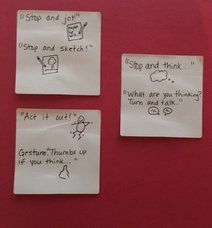 Resources: Calkins, L. (2015). Units of study for teaching reading. Portsmouth, NH: Heinemann. Hoyt, L. (2007). Interactive read-alouds. linking standards, fluency, and comprehension. Portsmouth, NH: First Hand Heinemann. |
Categories
All
|
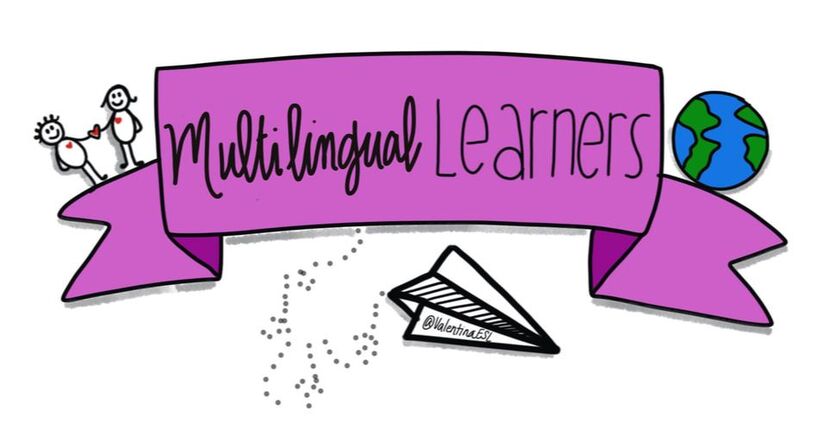

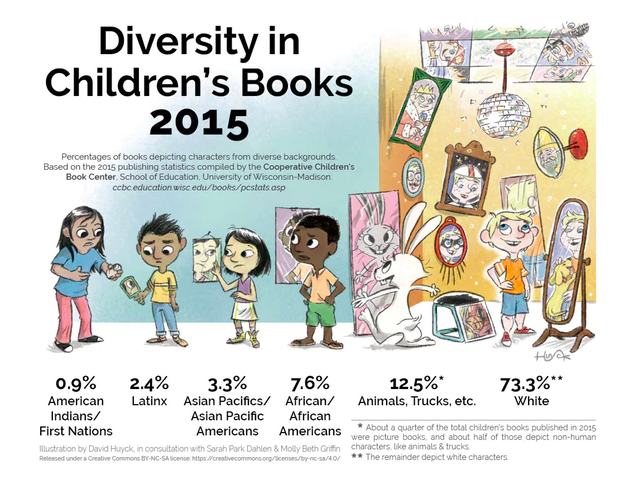
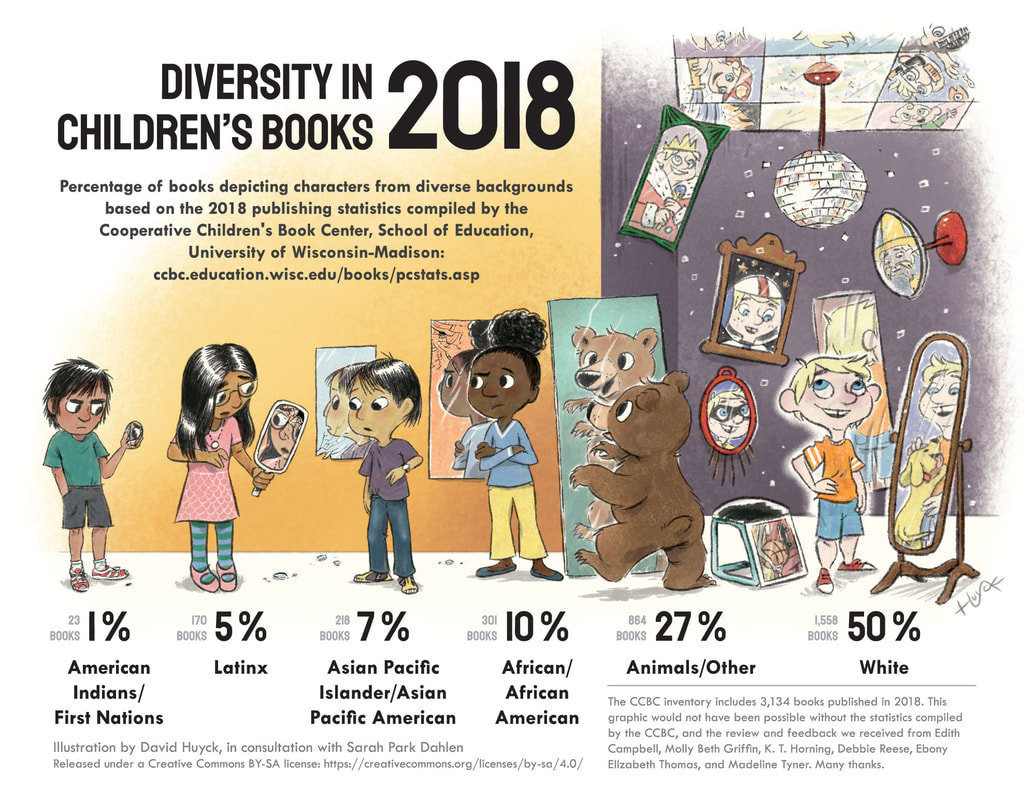
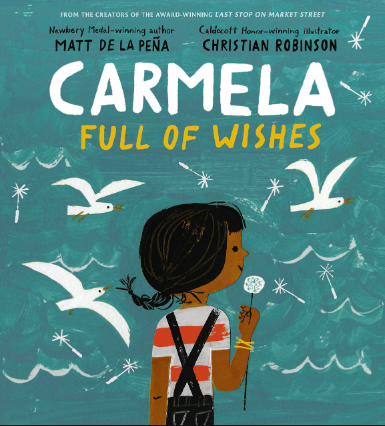

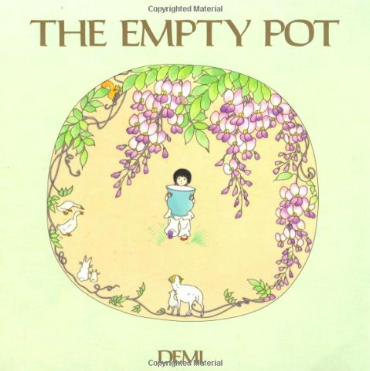
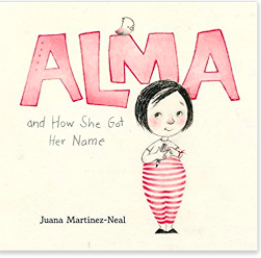
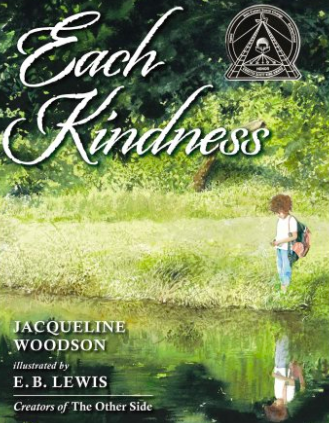
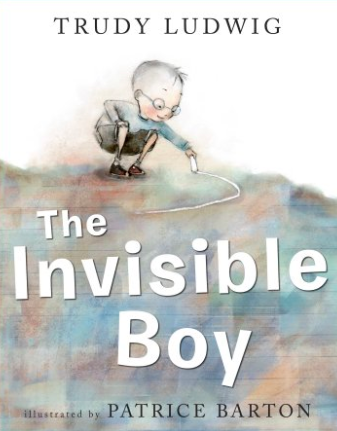
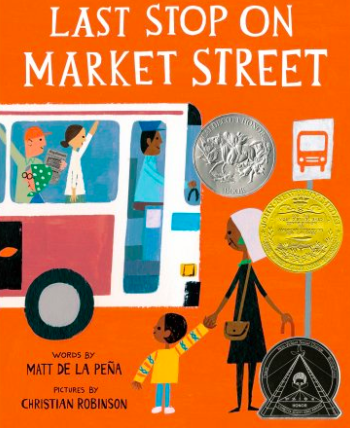
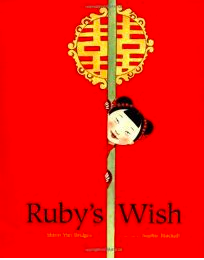
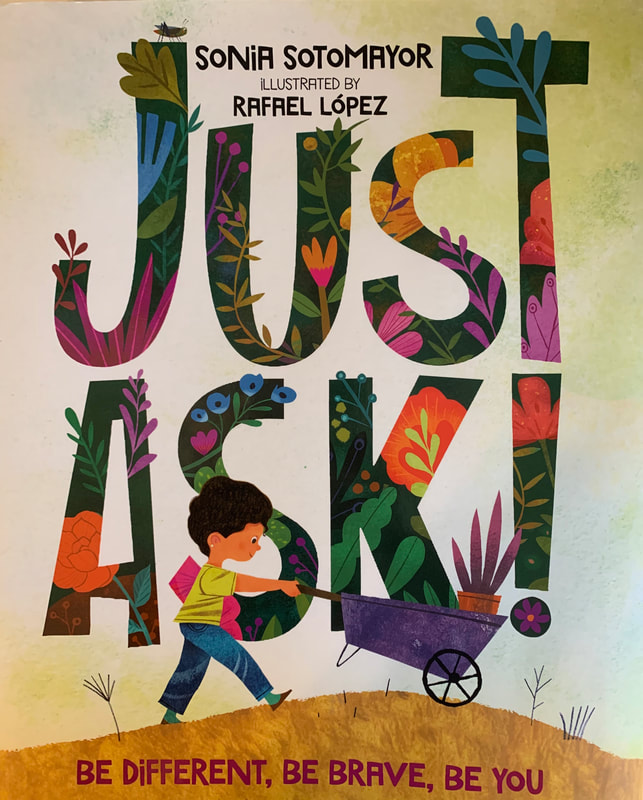
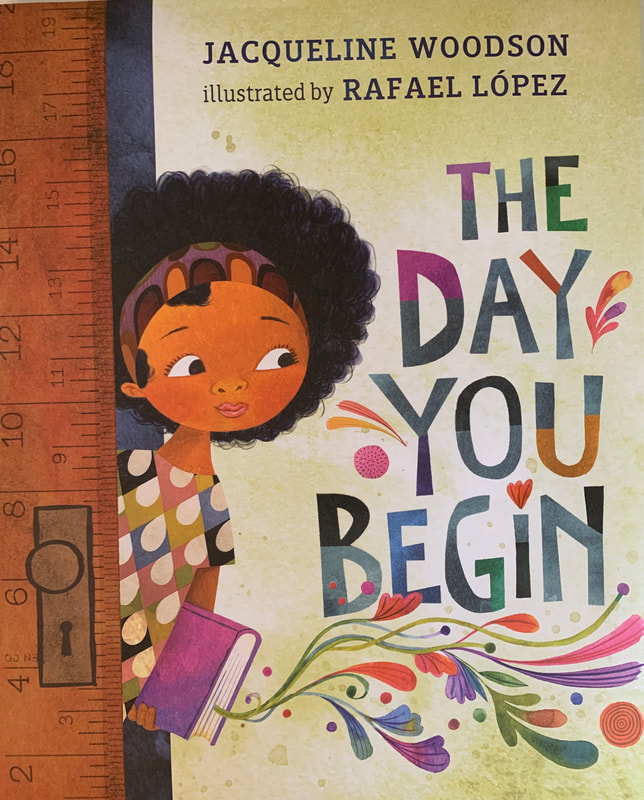
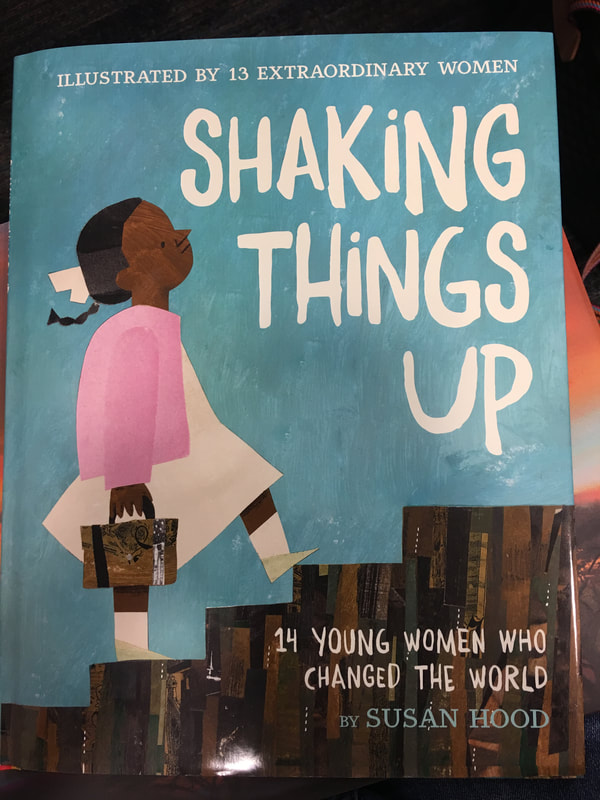
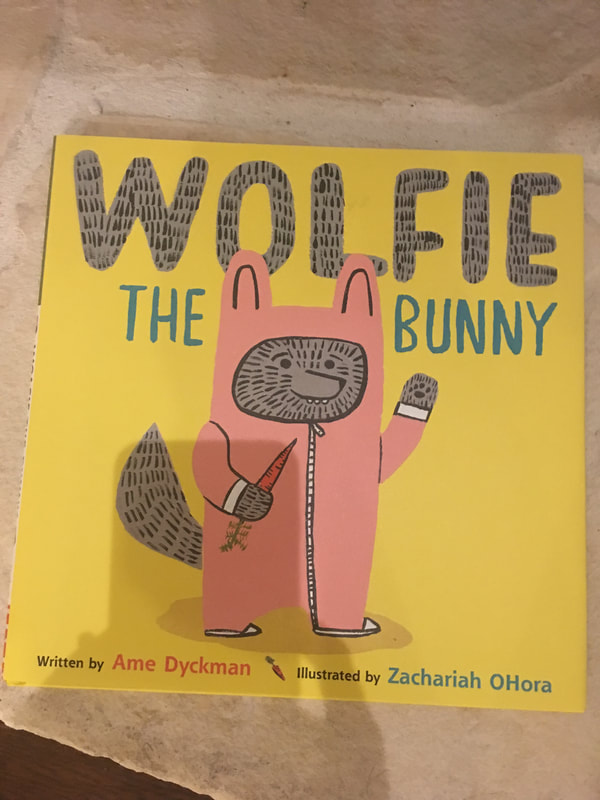

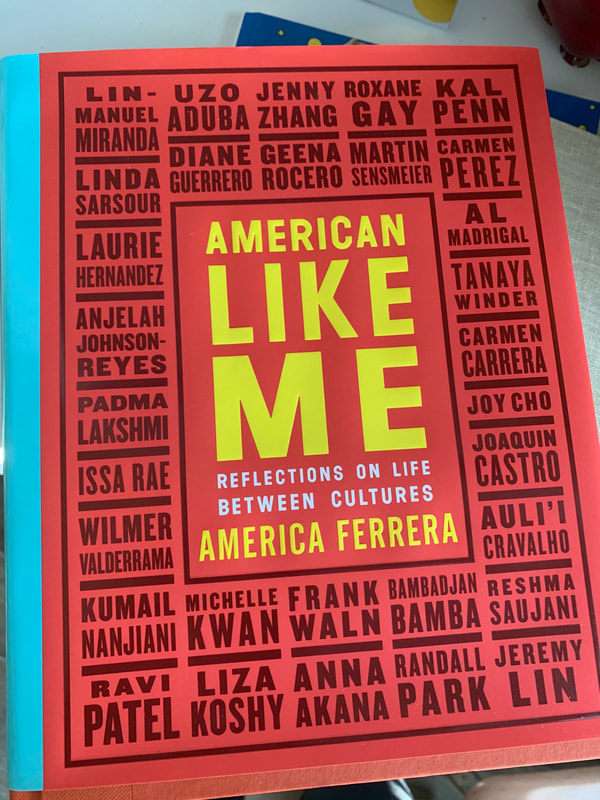
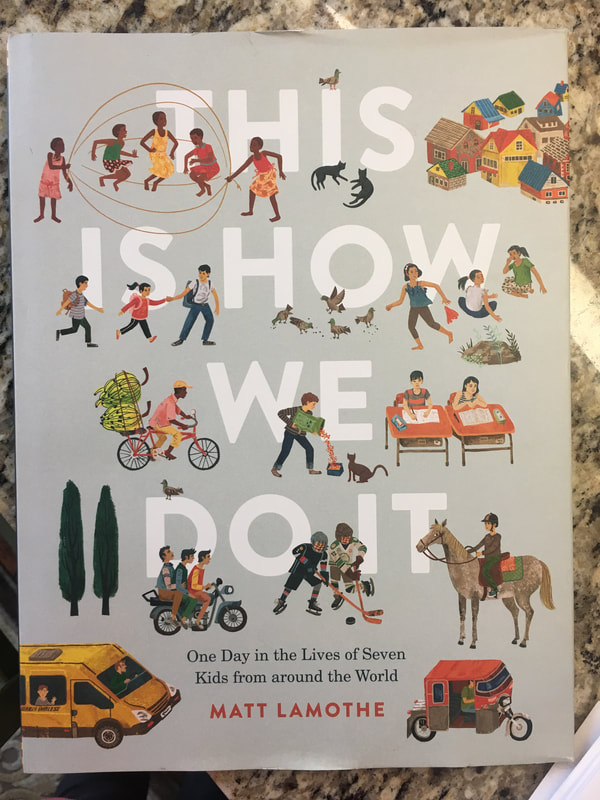
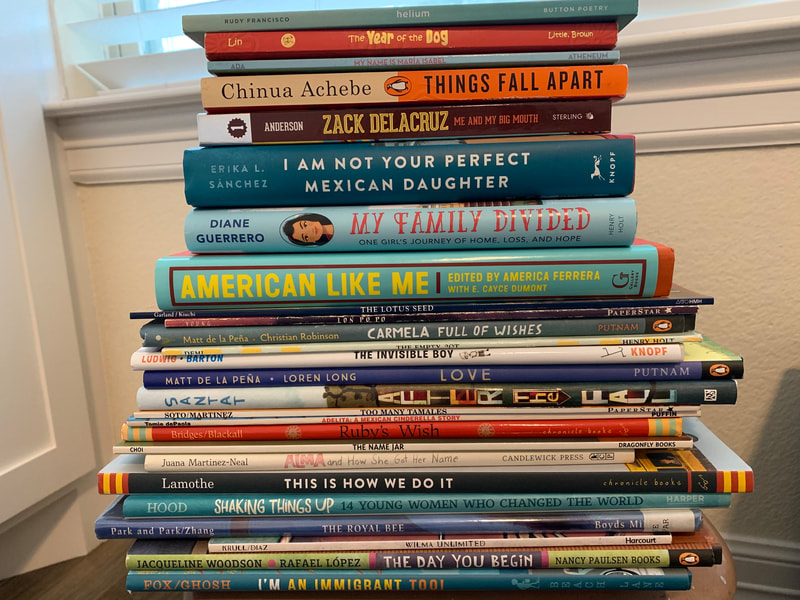
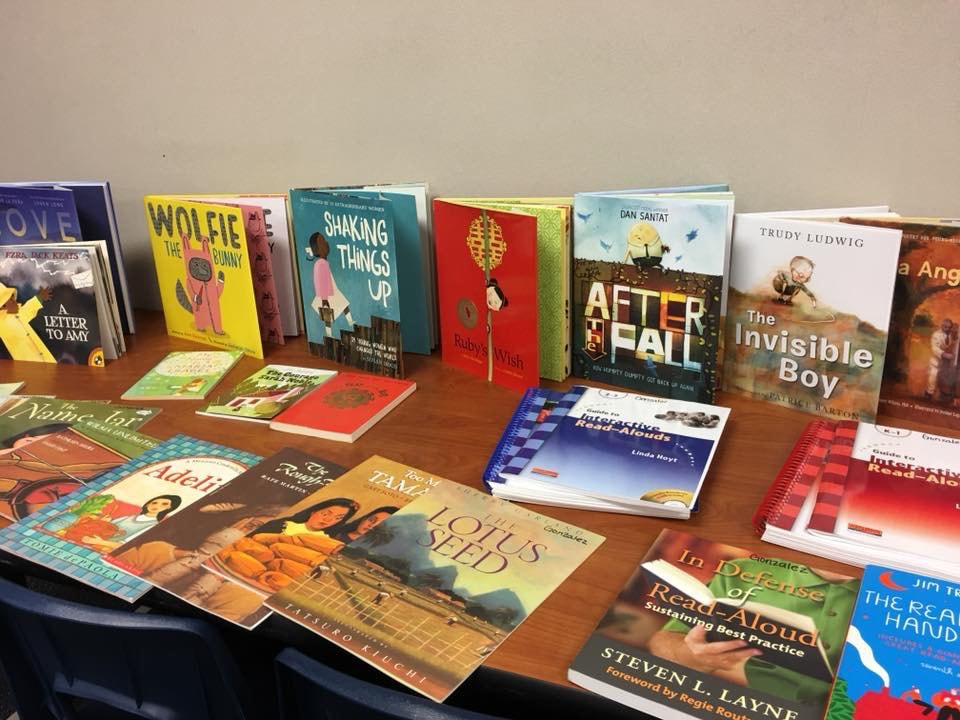

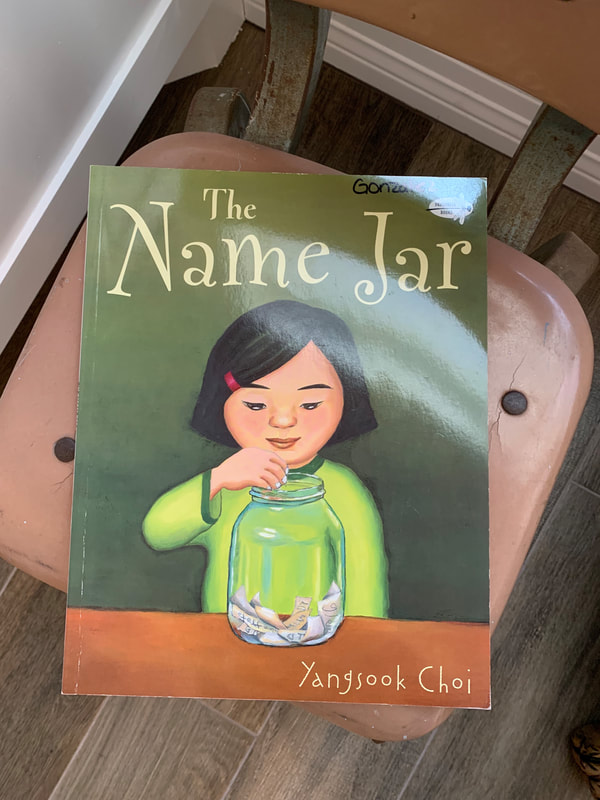
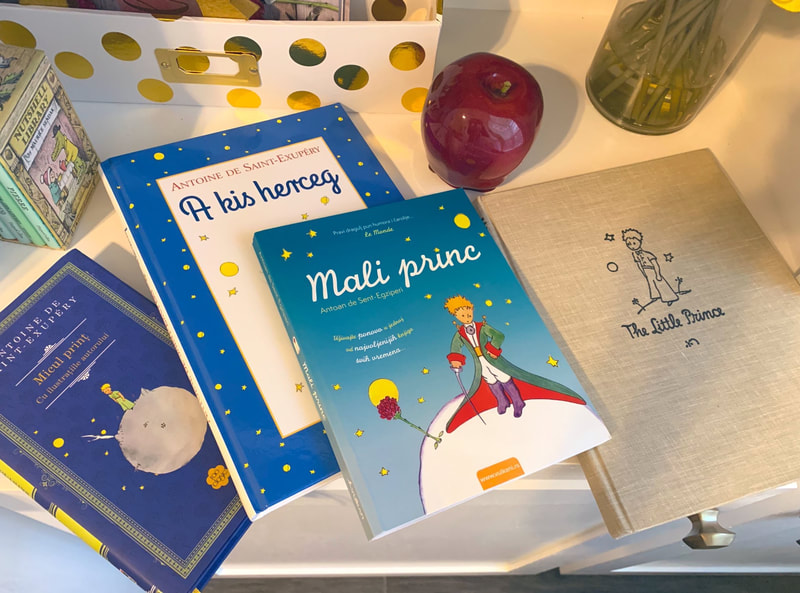
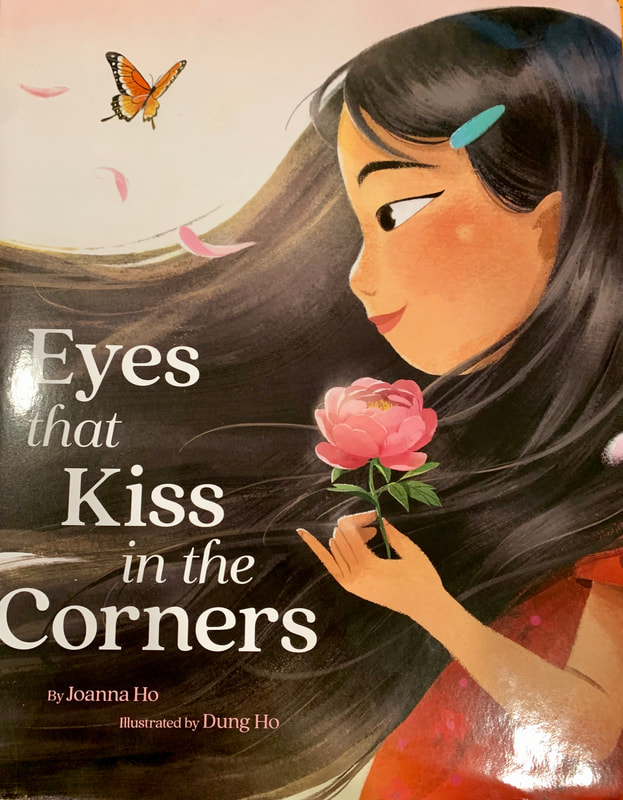
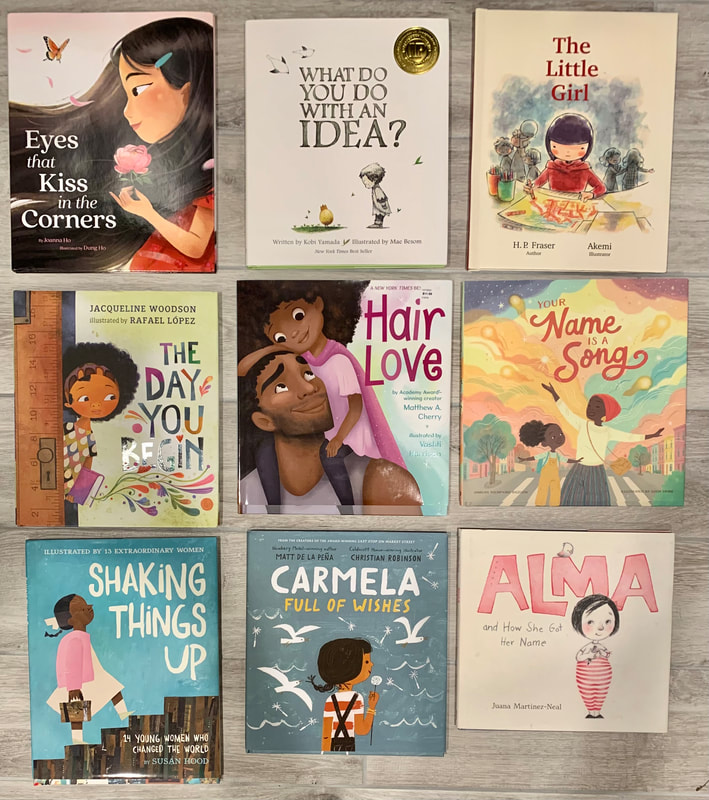
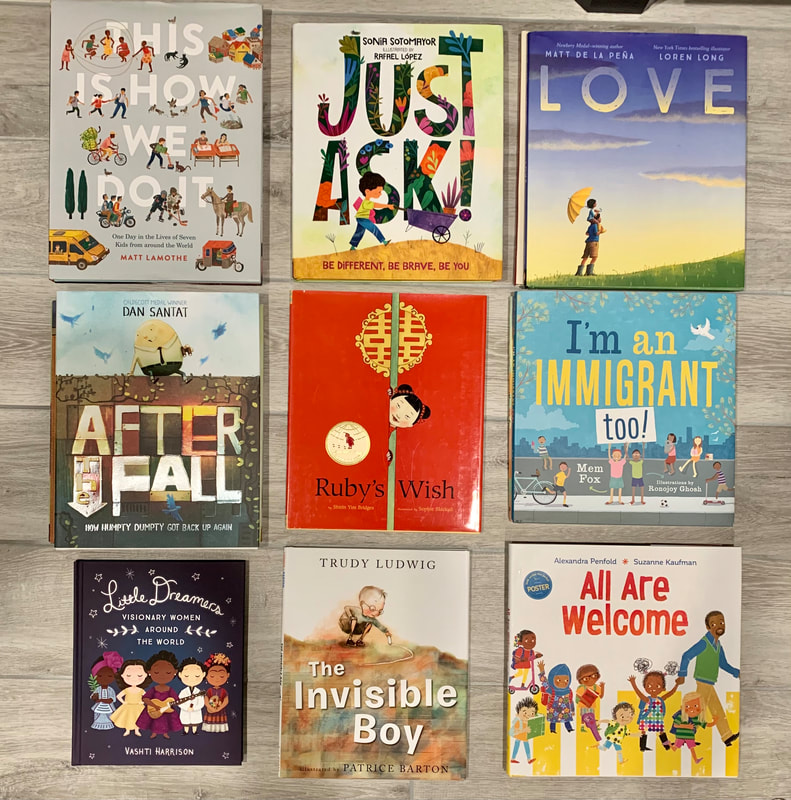

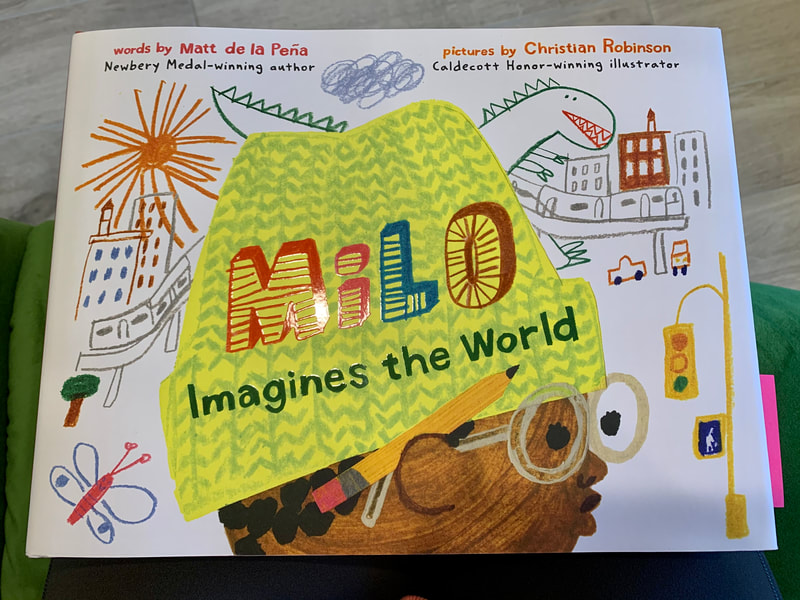
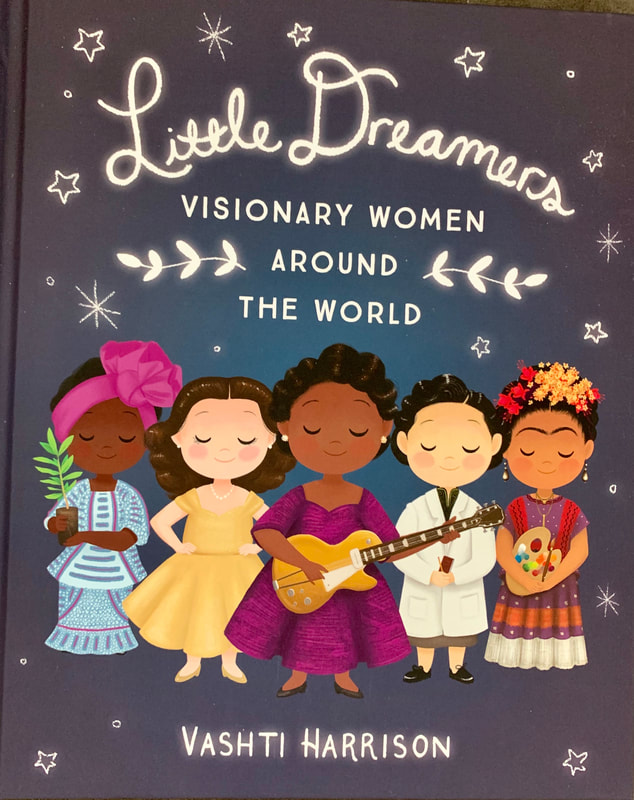
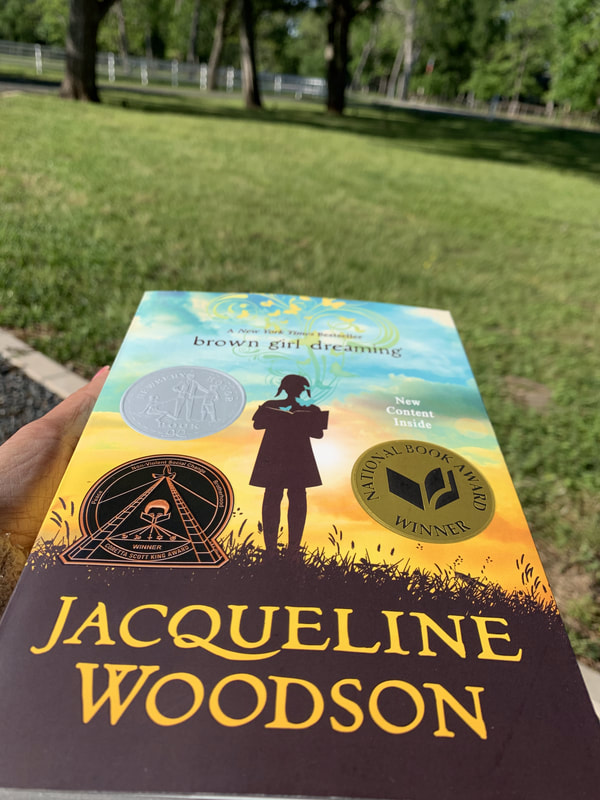
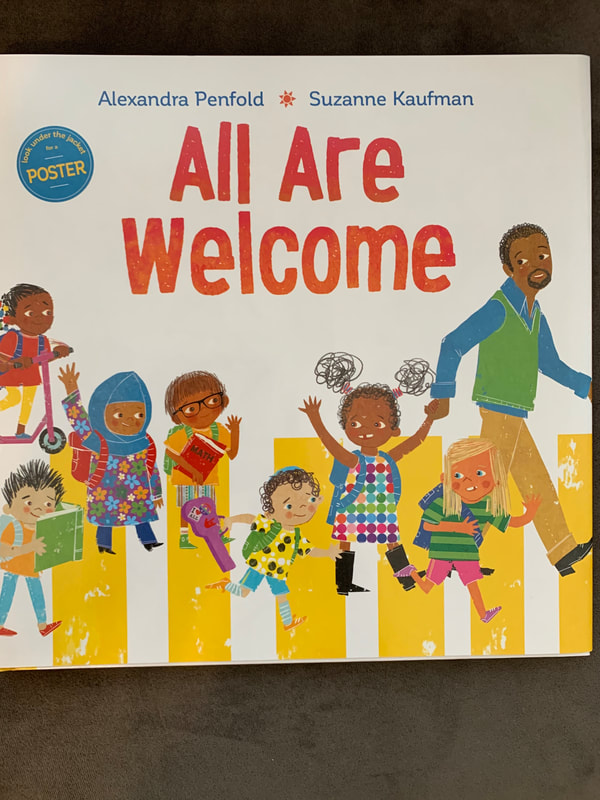
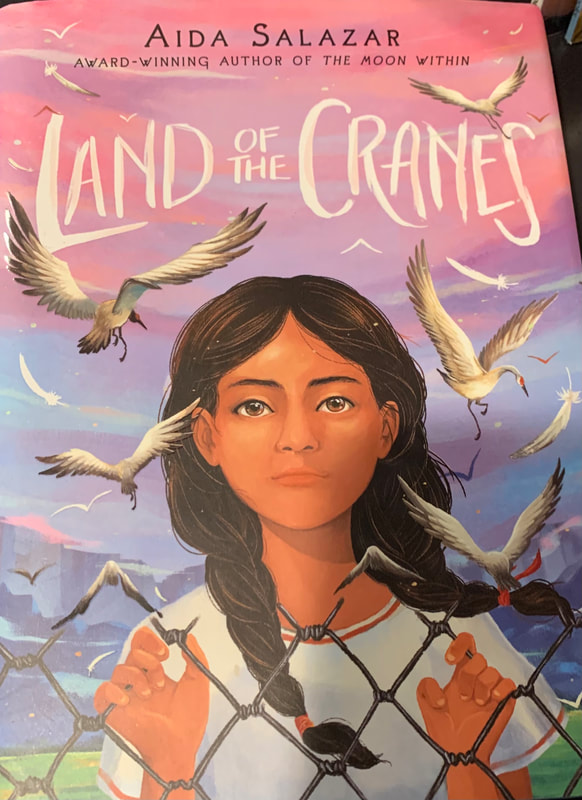
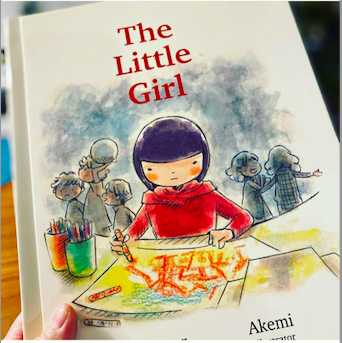
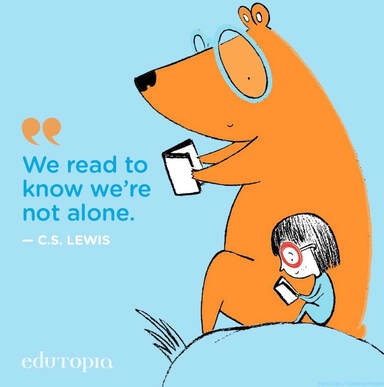
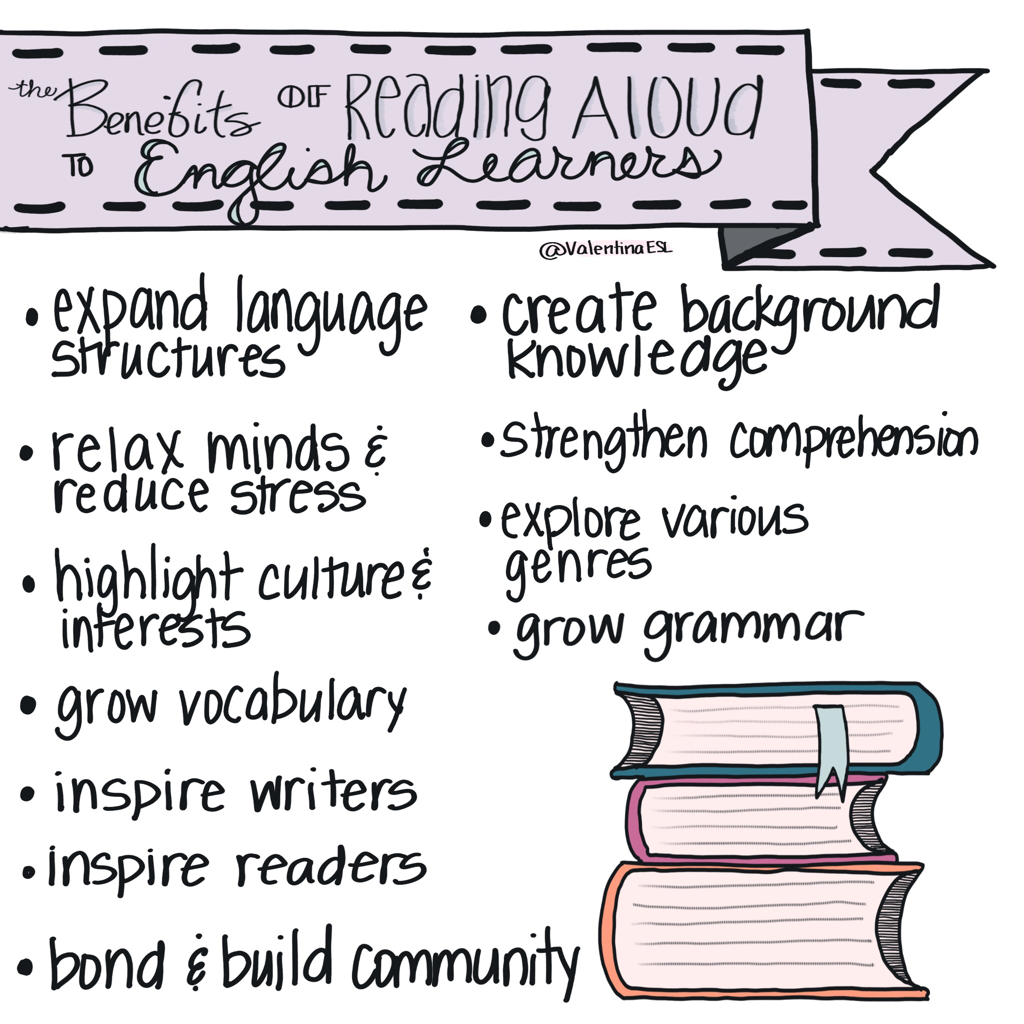
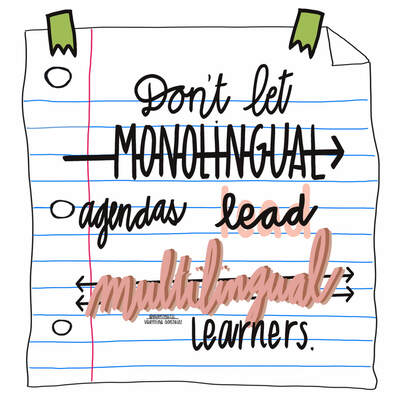
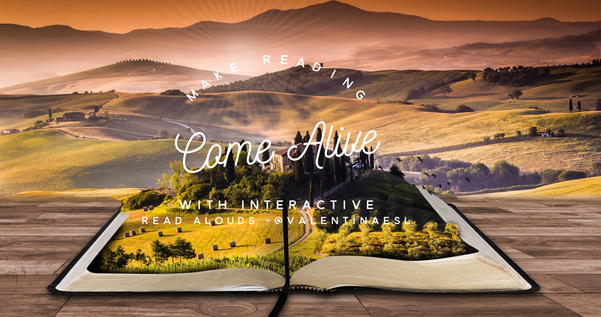
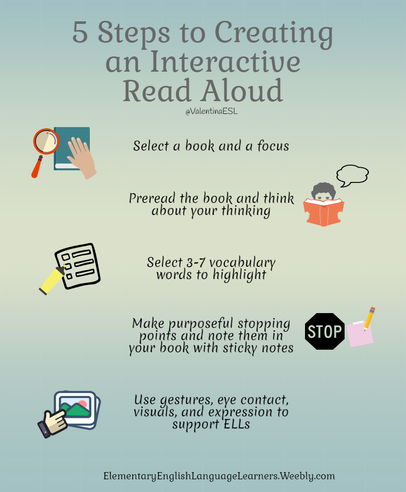
 RSS Feed
RSS Feed
